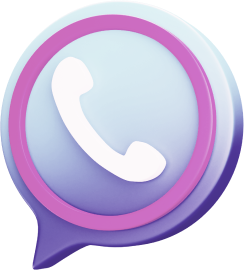- Leaders have left employees to drive their own development without providing direction or support and without aligning development to organizational needs.
- Organizations position development as employee owned, yet employees still feel like their needs aren’t being met, and many leave as a result.
- Organizations often have a lot of employee development opportunities but don’t connect the right opportunity to the right employee.
Need Extra Help?
Speak With An Analyst.
- Get on-demand project support
- Get advice, coaching, and insight at key project milestones
- Go through a Guided Implementation to help you get through your project

Our Advice
Critical Insight
Employee development needs to be employee owned and manager supported, but organization informed to ensure that it meets the organization’s needs. Operating environments change quickly, and organizations need to develop the competencies employees need both today and in the future.
Impact and Result
- Design an employee development plan that builds the competencies the organization needs both today and in the future.
- Connect the right development opportunity to the right employee through an effective employee development-planning process.
- Equip managers and build program support to foster continuous employee learning and development.

Employee Development
How to complete this course:
Use these videos, along with the project blueprint deck above, to gain an understanding of the subject. Start with the Introduction, then move through each of the course modules. At the end of each module, you will be required to complete a short test to demonstrate your understanding. You will complete this course when you have completed all the course tests.
- Number of Course Modules: 5
- Estimated Completion Time: 1.5 hours
Learning Outcome
Describe how to design an impactful employee development program, from analyzing the organization’s needs, to designing program building blocks, to building program support.
Learning Objectives
By the end of this course, learners will be able to:
- Make the case for an employee development program in their organization.
- Conduct an analysis of the competencies the organization needs today and in the future.
- Define the requirements for designing an employee development program.
- Define the program support required and discuss high-level actions, communications, and metrics to implement the program.
Course Modules

Introduction: Introduction

Module 1: Module 1

Module 2: Module 2

Module 3: Module 3

Module 4: Module 4

 Design an Impactful Employee Development Program
Design an Impactful Employee Development Program
 Develop a Comprehensive Onboarding Program
Develop a Comprehensive Onboarding Program
 Build an Employee Mentoring Program
Build an Employee Mentoring Program
 Effectively Curate Content to Enable Employee Learning
Effectively Curate Content to Enable Employee Learning
 Flow State: A Gateway to Engagement, Performance, and Productivity
Flow State: A Gateway to Engagement, Performance, and Productivity
 Implement a Job Rotation Program
Implement a Job Rotation Program
 Neuroscience and HR
Neuroscience and HR